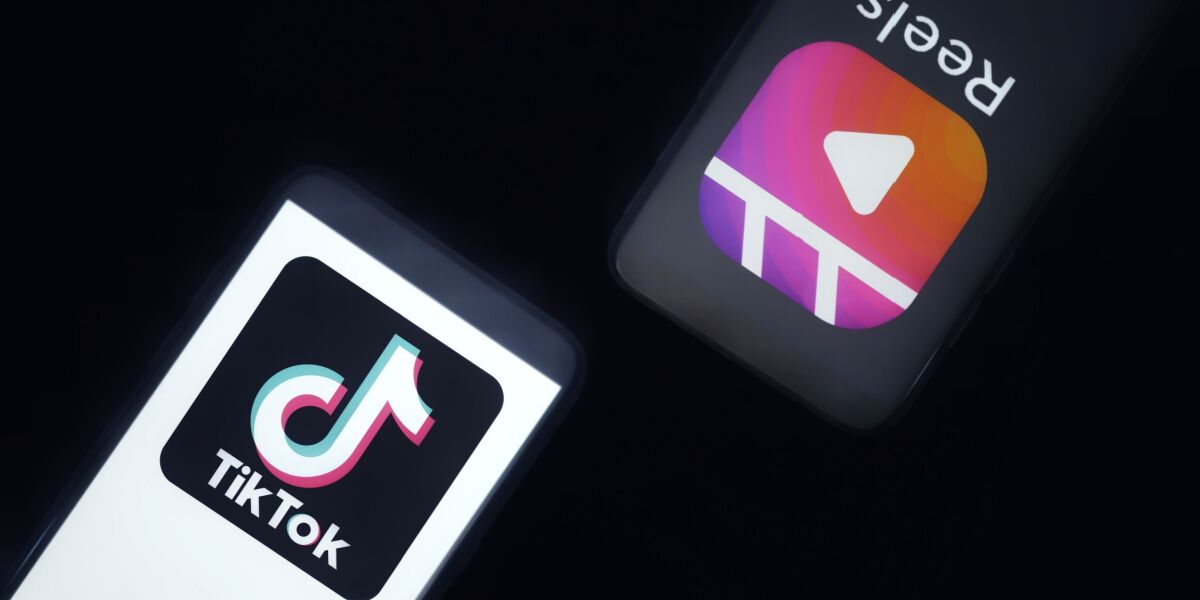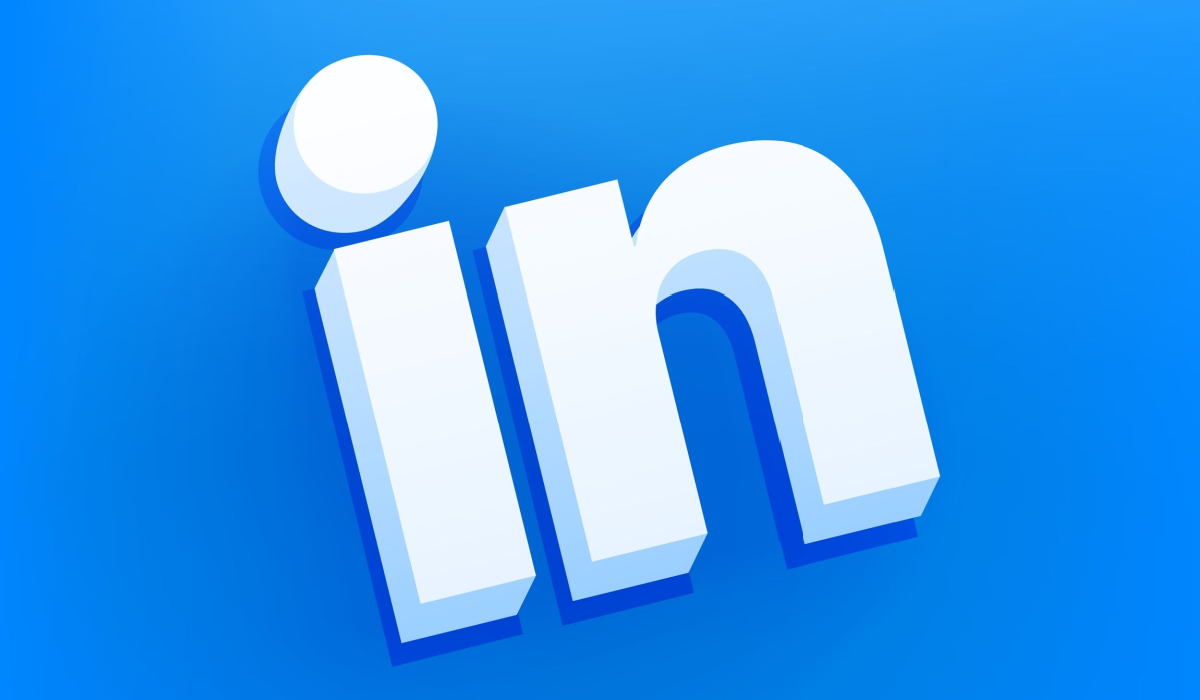Gone are the days when you had full authority over your brand reputation. Today, customers are in the driving seat, and all this is happening on social media.
So, if your brand doesn’t have a solid social monitoring and listening strategy, you’re missing out on the most valuable data and insights to build your business—but not anymore!
In this article, we’ll be uncovering four practical ways to leverage social monitoring and listening to manage your brand reputation and customer feedback.
What Is Social Monitoring and Listening?
Both social monitoring and listening serve the same purpose but are completely different marketing strategies. While social monitoring focuses on answering “what,” social listening is concerned with the “why.”
Let’s break it down:
Social media monitoring is all about tracking metrics and gathering relevant content. Equipped with this information, marketers can measure the success of their campaigns, find areas that might affect their brand reputation, and prevent PR crises.
In social monitoring, you can observe:
- Mentions of your brand and product names
- Activities and mentions of your main competitors
- Potential customers searching for the product/service you serve
On the other hand, social listening refers to analyzing all those online discussions that matter to your business. This helps you better understand your customers and their needs.
Its key purposes are to:
- Conduct sentiment analysis
- Measure share of voice
- Calculate estimated brand reach
- Discover and analyze the context of relevant discussions
Don’t Skip: How to Increase Social Media Reach
Leveraging Social Monitoring and Listening for Managing Brand Reputation
Monitoring and listening on social media is the most scalable way for businesses who wish to stay competitive and on top of their customer’s demands. Here are the top four ways you can leverage it for your brand:
1. Find New Collaboration Opportunities
Social monitoring not only your brand but the entire industry helps you identify the key creators and thought leaders in your space. Connecting with these people can significantly influence your brand reputation and customer feedback.
However, barging into the already existing communities with a hard sell rarely works. Instead, focus on collaborating with people who hold meaningful places. Leverage your social listening strategies to join them in the conversation.
Use tools to find customers who love your products and are sharing positive feedback on social media. Reach out to these natural brand advocates and look for collaboration opportunities.
Make use of social media live streams to reach people who are open to collaboration. Beyond providing entertainment, live streaming on social media also allows immediate, dynamic interactions that can boost brand reputation—an often-underestimated benefit of live streaming.
2. Identify Competitor and Industry Trends
Brands spend so much on fleshing out new trends and ideas. But sometimes, you can get a cheat sheet. Here’s how:
Social monitoring and listening tell you what your competitors are up to. Are they developing new social media marketing campaigns? Planning a new product launch?
By tracking these conversations, you can find gaps that your brand/product could fill. Once you identify these opportunities or threats, you can create fresh campaigns featuring your products or content.
For example, if you see an unanswered FAQ on your competitor’s page, comment section, or live stream, you can take the opportunity to create an Instagram post answering the query. Using AI tools like hix.ai to write the best IG captions for the post quickly can grant you the first-mover advantage.
3. Resolve Negative Customer Feedback
With an array of social media channels, customers are sharing their experiences, feedback, and complaints everywhere (some even anonymously).
But what if somebody is complaining about your product online? You can’t just wait for things to settle by themselves—that’s where you can leverage social monitoring and listening.
With social monitoring, you can stay updated with exactly what your customers, competitors, and prospects say about you and your product.
In the case of some complaints, you can use the social listening framework to resolve queries, spark new conversations, and build trust around your brand—all in real time.
4. Personalize Customer Interaction
Personalization is one of the top B2C and B2B marketing strategies, especially for driving repeat engagement and customer loyalty over time. Fortunately, by using social media monitoring and listening, you can provide a deeply personalized experience to your audience.
By employing social monitoring, you can gather valuable insights about your customers. Pair it with social listening, and you’ll be tracking your consumer behavior in real time.
From there, you can funnel product testimonials, customer feedback, posts, and even hashtags to create more personalized dashboards. Plus, with concurrent insights, you can realistically plan to feature content or products most relevant to your customers (within a short turnaround).
All of this translates to an improved customer experience—better brand reputation and feedback.
Keep Learning: Best Social Media Management Tools for Business (Free & Affordable)
Scale Your Social Strategy
The more closely you monitor and listen to your customers, the more meaningful relationships you can form. That’s why mapping out effective social monitoring and listening strategy matters—especially for managing brand reputation and customer feedback. So create a strategy, use the above-shared tips, and see your business boom.
If you need support in developing a social media strategy, explore our free training series, where you’ll learn everything from TikTok Ads to Instagram growth.

















